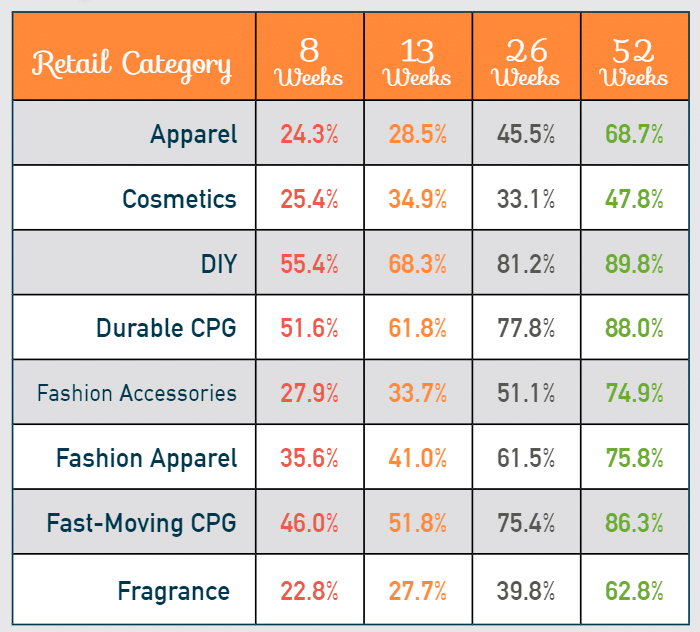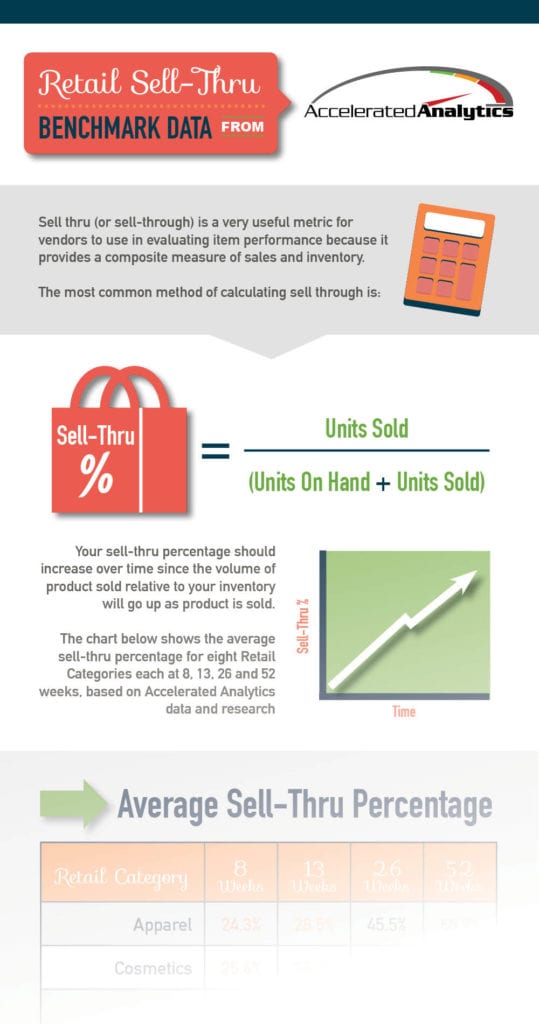
Vera Bradley Capitalizes on Opportunities by Leveraging POS Data
In 2013, when the business leaders at Vera Bradley were bringing on Dillard’s, their first big department store, they knew it would be critically important to be able to see their sell-through. When they asked the team at Dillard’s for sell-through data, Dillard’s quickly introduced Vera Bradley to Accelerated Analytics and a strong and valuable relationship began. As Vera Bradley expanded into additional department stores, Accelerated Analytics was with them every step of the way.
Challenges
As Vera Bradley expanded into new retailers, they knew that one of the keys to their successful growth would be the ability to compare sales across retailers. Relying solely on each individual retailer for sales data would mean looking at multiple reports with inconsistent formats and verbiage. Deriving the comparisons and analysis that would be essential to the success of their growth strategy would be time consuming and challenging. Accelerated Analytics provided a solution that allowed Vera Bradley to see all of their sales data across retailers, in a consistent format.
“We can react quickly because we have visibility; patterns are emotional and numbers don’t lie.”
– Heidi McClain, Business Planner, Vera Bradley
 Data Visibility Empowers Vera Bradley to Make Timely, Informed Decisions
Data Visibility Empowers Vera Bradley to Make Timely, Informed Decisions
From the business planners to the account managers and sales team, multiple departments use our POS reports and analysis provided to Vera Bradley by Accelerated Analytics. Business Planner Heidi McClain values the ability to see the “store and SKU attributes how we want to see them as opposed to how the retailer provides them.” She explains that the SKU-level sales versus top-level sales “speak volumes to our account managers.” McClain provides a weekly selling summary to the sales team, enabling them to compare sales across retailers, identify strengths and opportunities, and react quickly. Vera Bradley’s Director of Information Architecture says that Accelerated Analytics is “like having an extension of my team,” and points to the value of the sell-through data as one of the most valuable aspects of the Accelerated Analytics tool. Accelerated Analytics data and reports empower the Vera Bradley team with the knowledge of what’s selling and what’s not, and enables them to react quickly.
• In 2015 when Vera Bradley launched new doors with one of their existing department stores, from day one they were able to identify opportunities in current inventory and quickly partner with them to make adjustments.
• When the Vera Bradley team needs to know how an account is performing they can view its success geographically and easily see its percent to total.
• When one of their department store partners passed on a top pattern, Accelerated Analytics data helped show Vera Bradley how well the pattern was performing within other retail partners. That gave the store the confidence to add it to their assortment. Since adding it, this retailer’s sales have continued to increase and the pattern is one of their top performers to date.
About Vera Bradley Guided by their founders, Patricia R. Miller and Barbara Bradley Baekgaard, Vera Bradley has earned a reputation as a leader in the gift industry. Creating stylish quilted cotton luggage, handbags and accessories, the company combines smart product designs with distinctive and colorful fabrics and trims.


